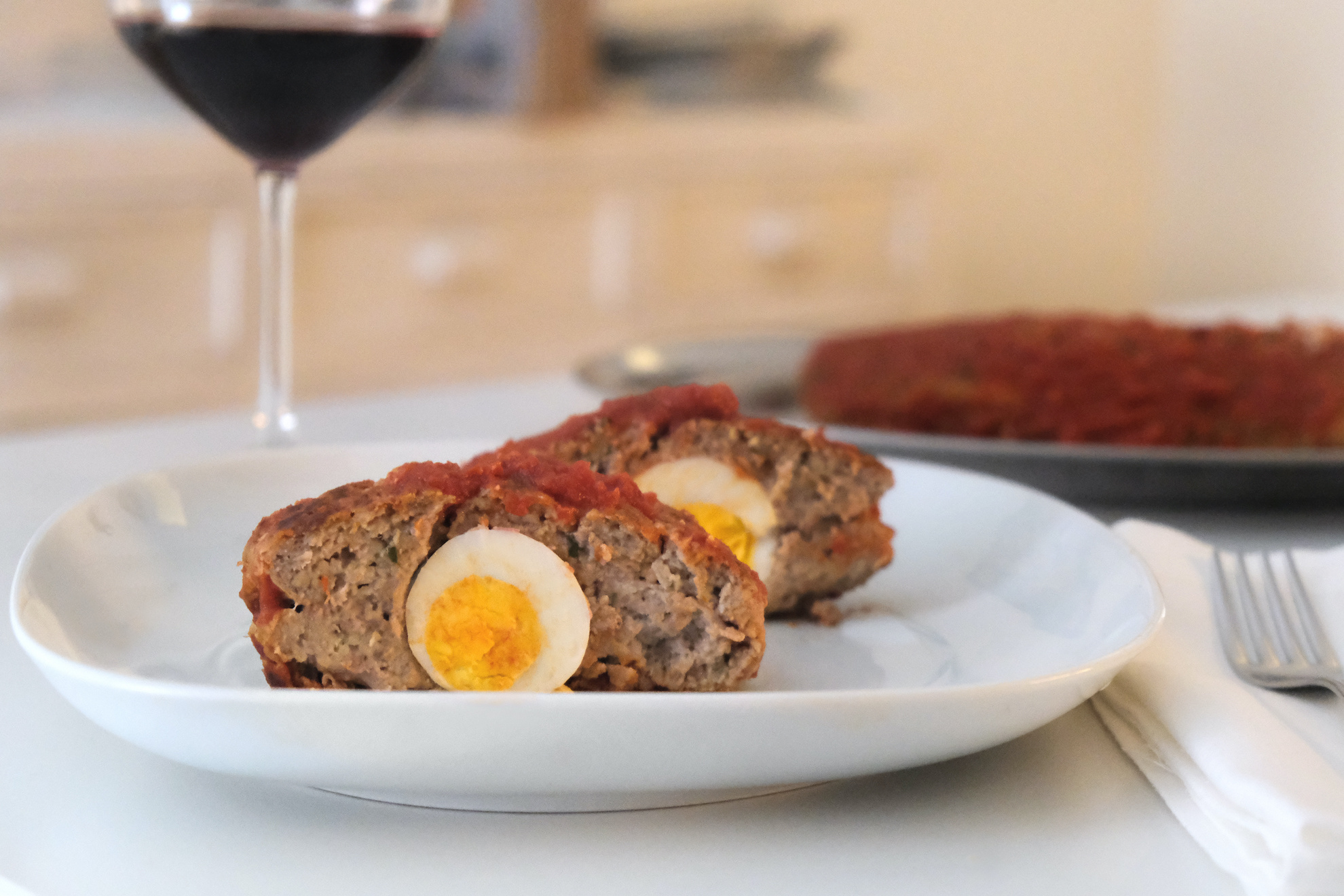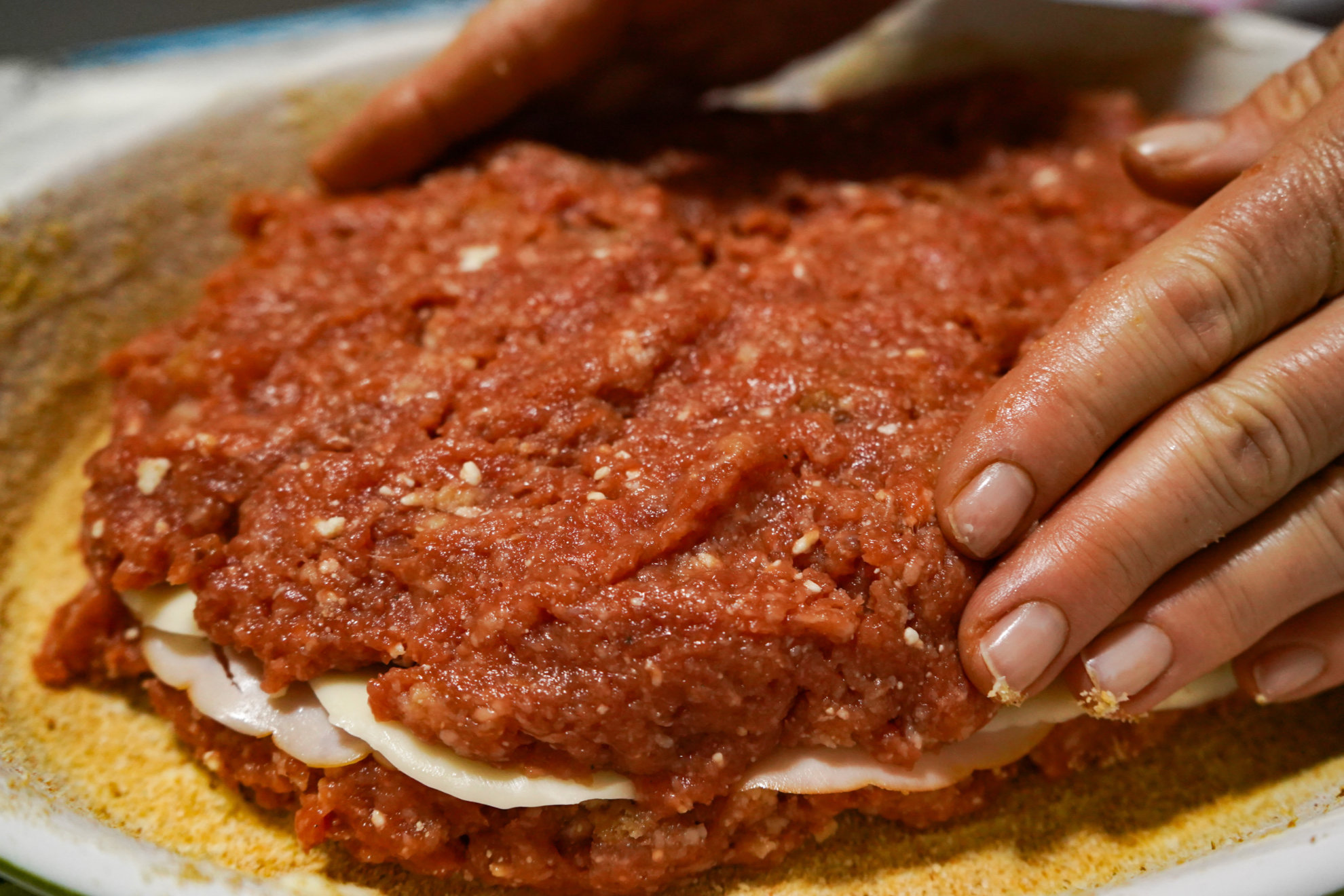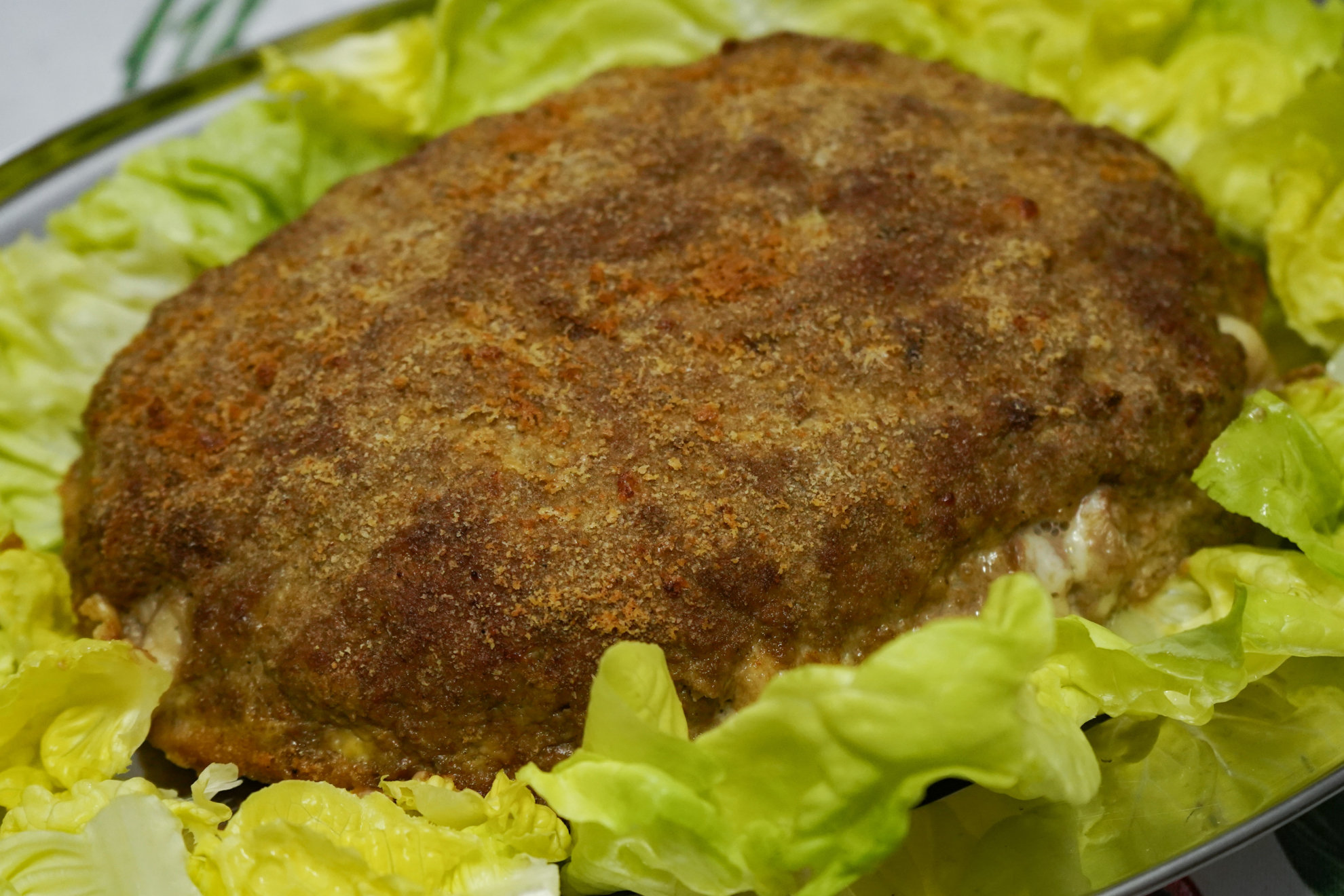It was in 1850 that Giovanni Rajberti, a Milanese doctor and nobleman, wrote in his book “L’arte del Convito” (“The Art of the Banquet”) that in his «scientific voyage of 1845» he did not have the opportunity to witness «the eating of meatballs in Naples, Rome or Genoa», whereas «the real city of meatballs is Milan, where they are widely consumed».
Ph. Carolina Fragapane - Trentaremi

With all due respect to Rajberti, and the excellent Milanese meatballs, in actual fact, it was Ippolito Cavalcanti who had already described “‘chops’ stuffed with minced veal, cabbage leaves, eggs, butter and tomato sauce” in his 1837 treatise on “Theoretical-practical cuisine”, the first culinary compendium in the history of the Kingdom of Naples.
Nowadays, however, that is hardly surprising. Anyone who has been lucky enough to sit at a friendly dinner table, from Rome southwards, knows that meatballs – fried, with sauce, immersed in ragù – are not to be missed. Minced meat, stale bread, eggs, parmesan, a little parsley (there are those who, like in Lazio, also add milk) and there you have a delicacy that has come to be symbolic of traditional home cooking. It then evolved into its “big brother”: the meatloaf; which has, as for the smallest meatballs, its regional variants.
Ph. Enrico Nocera - Trentaremi

The Neapolitan version is certainly one of the most famous and flavoursome: minced beef, stale bread, eggs, parmesan, provolone, salami, parsley, salt, pepper and a little rosemary to finish. Of course: as with any traditional recipe, there is no standard list of ingredients. Some add ham, some prefer mortadella to salami, some even add pine nuts and, finally, some prefer to brown the meat in tomato sauce. The common denominator is this: meatloaf is a recovery recipe. Because, as usual, nothing is thrown away.
A dish of simple preparation, which can take the classic oblong shape or a rounder one, the first historical accounts of the meatloaf are later than those of the classic meatball. We are talking about the early nineteenth century, when in the Appendix of the Italian translation of Il cuoco reale e cittadino dedicata ad alcune vivande all’italiana d’ottimo e d’ultimo gusto (“The Royal and Common Cook Dedicated to Some Excellent Recent Italian Dishes”) we find it named and illustrated in the way that still distinguishes its preparation today.
Ph. Enrico Nocera - Trentaremi

The cooking that produces contented smiles at the dinner table and rustic aromas that permeate through the home. Perhaps transporting your mind back to those festivities, where meatloaf was synonymous with conviviality and cheerful sharing. One of the dishes in traditional cooking that demonstrates, without fear of denial, that at the table you never get old.

